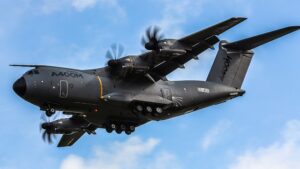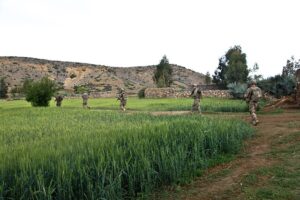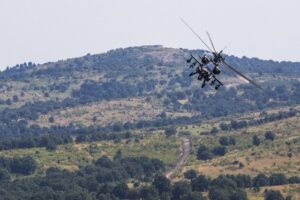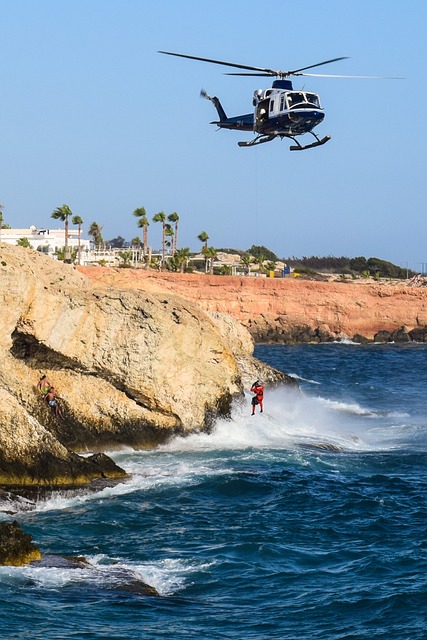
Flashlights for Search and Rescue (SAR) operations are essential tools that greatly enhance visibility and safety during missions. The best models offer high-intensity LED illumination with adjustable brightness levels to manage battery life over extended operations. These flashlights feature robust constructions, weather resistance, and diverse functionalities including emergency signals like strobe and SOS. They must emit a sufficient lumen output and have long-lasting rechargeable batteries to handle the demanding conditions of SAR work. Additionally, they should incorporate color-coding for enhanced communication among team members, which is crucial for efficient coordination and stealth. Tactical models with both flood and spotlight capabilities are invaluable for adapting to various terrains and environments, balancing the range and breadth of the beam for effective searching and precise task performance. Regular training and maintenance ensure that these flashlights remain reliable under the unpredictable conditions SAR teams face, making them indispensable tools for successful mission outcomes.
When every second counts in a search and rescue operation, the right flashlight becomes an indispensable tool for coordinated team efforts. This article illuminates the critical role of advanced flashlights in enhancing visibility and efficiency during such missions. We will explore the technical aspects of lumen output and battery longevity necessary for optimal performance, as well as the importance of durability and ergonomic design in high-intensity search operations. Moreover, we delve into the integration of cutting-edge technology in modern flashlights for search and rescue (SAR) operations, including features that aid in communication and visibility through color coding. Beam patterns vital for operation in diverse environments will also be discussed, alongside training and best practices to ensure effective use of these tools in SAR contexts. Join us as we shine a light on the pivotal role flashlights play in saving lives.
- The Role of Advanced Flashlights in Coordinated Team Search Efforts
- Assessing Lumen Output and Battery Life for Optimal Search Flashlights
- Durability and Design Considerations for High-Intensity Search Operations
- Integrating Technology: Features of Modern Search and Rescue Flashlights
- Communication and Visibility: Utilizing Color Coding in Team Coordination
- The Importance of Flashlight Beam Patterns in Varied Environments
- Training and Best Practices for Effective Use of Flashlights in SAR Missions
The Role of Advanced Flashlights in Coordinated Team Search Efforts

In coordinated team search efforts, flashlights for search and rescue operations play a pivotal role in enhancing visibility and safety during nighttime or low-light conditions. Advanced flashlights are not mere light sources but sophisticated tools designed to meet the specific demands of such operations. Their high-intensity beams allow rescuers to illuminate vast areas, penetrate through dense foliage, or focus on small objects that could be critical to the mission. The integration of LED technology and rechargeable batteries has significantly improved their performance, providing a reliable light output for extended periods. These flashlights are often equipped with various modes, including strobe and SOS signals, which can be crucial for signaling distress or directing attention to a specific location. Additionally, their durability and weather-resistant designs ensure they function optimally in harsh environments, making them indispensable for rescue teams operating under challenging conditions. The ability to adjust brightness levels also allows rescuers to conserve battery life when full illumination isn’t necessary, an important consideration for operations that may span several hours or even days. The selection of flashlights for search and rescue operations should prioritize those that offer a balance of lumens, battery longevity, and versatile functionality to ensure the safety and effectiveness of coordinated team efforts in locating and rescuing individuals in need.
Assessing Lumen Output and Battery Life for Optimal Search Flashlights
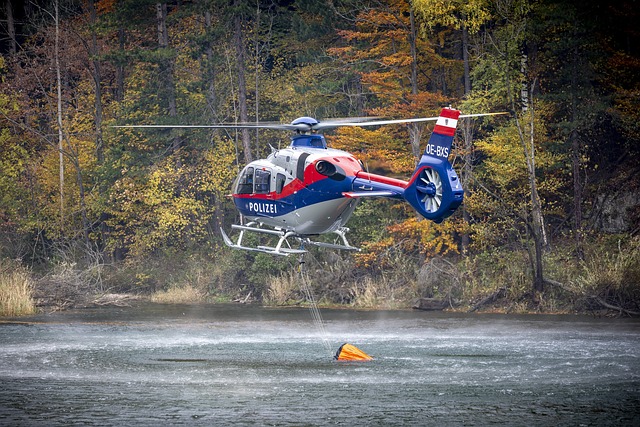
When selecting flashlights for search and rescue operations, assessing lumen output and battery life is paramount for ensuring optimal performance during coordinated team searches. High lumen output is crucial as it enhances visibility in low-light conditions, enabling rescuers to spot signs of life or navigate through complex terrains. A flashlight with a minimum of 100 lumens can illuminate immediate surroundings effectively, while models offering upwards of 500 lumens provide extended vision for more challenging environments. In addition to brightness, the longevity of the light source is equally significant. Battery life directly correlates with the duration of the operation and the size of the search area. Rechargeable lithium-ion batteries are preferred due to their capacity to maintain output over extended periods, a feature that is indispensable during long rescue missions. It’s also important to consider flashlights that offer various light modes, such as high, medium, and low beams, which can extend battery life when used judiciously. Flashlights For Search And Rescue Operations must be reliable, durable, and user-friendly, with features like impact resistance and waterproofing to ensure they function in the demanding conditions typically encountered during these missions. By carefully evaluating lumen output and battery life, search and rescue teams can select flashlights that will illuminate their path both literally and figuratively, aiding in the successful completion of search operations and, ultimately, saving lives.
Durability and Design Considerations for High-Intensity Search Operations
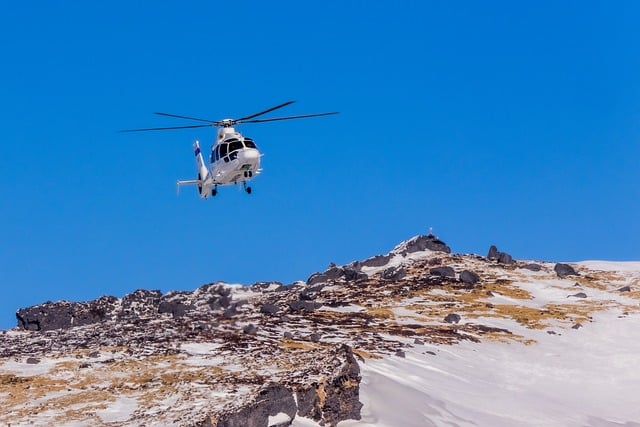
When embarking on search and rescue missions, the reliability of equipment is paramount, particularly when it comes to flashlights used by coordinated teams. Durability in a flashlight for search and rescue operations is not just about withstanding physical impacts or environmental conditions; it’s about ensuring consistent performance under high-intensity scenarios. The design must account for rough terrain and prolonged use, often in unpredictable weather. High-quality materials like aircraft-grade aluminum or tough polymer are essential for constructing a flashlight that can endure the rigors of search work without failure. Impact resistance, waterproofing, and dust-tight seals are critical features that ensure the device remains operational when it’s most needed.
In addition to robust construction, the design must prioritize user ergonomics and functionality. A well-thought-out interface allows rescuers to navigate through different light modes easily, conserving battery life when possible or illuminating the environment with maximum intensity when necessary. Flashlights for search and rescue operations should feature a reliable grip, even when hands are sweaty or gloves are worn. The beam pattern, too, is a design element that requires careful consideration; it must provide ample light coverage over long distances while also offering focused light for close-up tasks. A versatile flashlight that can adapt to various situations and aid in coordination among team members is an indispensable tool in the arsenal of any search and rescue professional.
Integrating Technology: Features of Modern Search and Rescue Flashlights
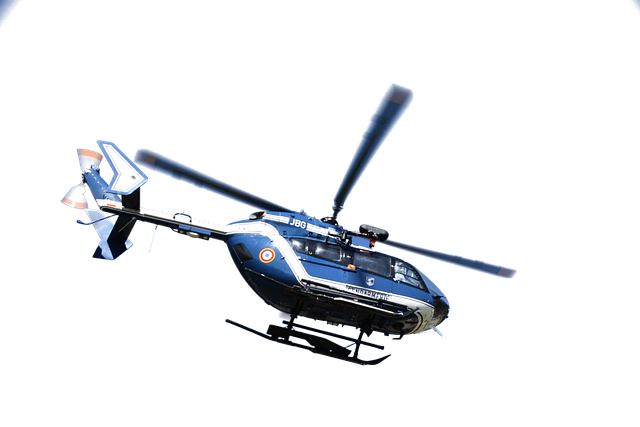
In coordinated team search efforts, flashlights for search and rescue operations have evolved significantly, integrating advanced technologies to enhance their efficiency and effectiveness. Modern search and rescue flashlights are not merely lighting tools but are equipped with features that support the complex demands of such missions. These include high-intensity LED illumination capable of cutting through darkness, offering visibility in the most challenging environments. Additionally, they feature adjustable brightness settings to conserve battery life when maximum luminosity isn’t necessary and to prevent disorienting survivors with blinding beams.
Moreover, these sophisticated flashlights often incorporate robust construction for durability and water resistance, ensuring they can withstand the rigors of outdoor use. They also integrate specialized lens coatings that filter out harmful infrared or ultraviolet light which could hinder night vision. Furthermore, some models come with strobe functions that can be used to disorient a person in distress or for signaling purposes, while others include red, green, or blue light options to maintain situational awareness without impairing night adaptation. Bluetooth connectivity allows teams to coordinate efforts by sharing information between devices, and some flashlights are even compatible with smartphones and other digital devices for real-time data sharing. This technological integration makes them indispensable tools for search and rescue professionals operating in a variety of environments, from dense forests to vast deserts.
Communication and Visibility: Utilizing Color Coding in Team Coordination
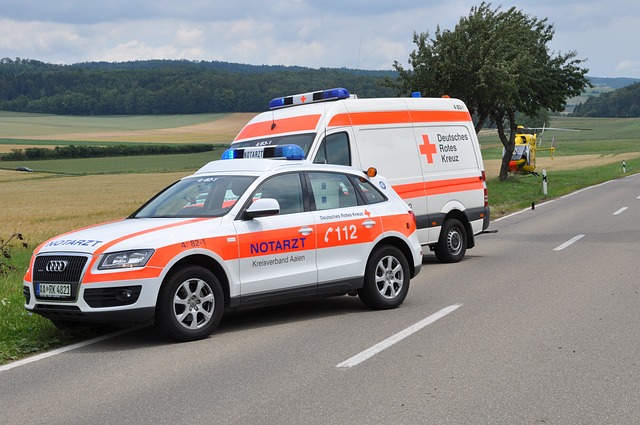
Flashlights play a pivotal role in search and rescue operations, particularly when it comes to coordinating team efforts. Effective communication and visibility among team members are crucial for the success of such missions. To enhance these aspects during nighttime or low-light conditions, search teams can utilize color-coded flashlights. This method allows each team member to quickly identify the role or location of their colleagues. For instance, a red-filtered beam might signal a base camp, while green could indicate a forward position. This not only simplifies navigation but also reduces the likelihood of miscommunication or accidental crossing paths, which could compromise stealth and safety.
Moreover, color coding with flashlights for search and rescue operations facilitates rapid assessment of the situation on the ground. It enables searchers to communicate visually without the need for verbal communication, which is often necessary when noise discipline is required. This visual language can be particularly beneficial in environments where auditory signals could echo or carry too far, potentially alerting those who are lost or in distress. By integrating color-coded flashlights into their arsenal, search and rescue teams can improve their coordination and efficiency, ultimately increasing the chances of a successful mission and ensuring the safety of both the team and any individuals being searched for.
The Importance of Flashlight Beam Patterns in Varied Environments

During coordinated team search efforts, flashlights for search and rescue operations are indispensable tools. The efficacy of a search is significantly influenced by the quality of illumination provided by the flashlight beam patterns. In varied environments, from dense forests to labyrinthine urban ruins, different beam patterns serve distinct purposes. Flood beams are ideal for providing a wide swath of light in open areas, ensuring rescuers can scan broad spaces quickly without missing any potential signs of distress. On the other hand, spotlight patterns allow for long-range visibility, which is crucial when searching for individuals over great distances or in environments with sparse vegetation. Tactical flashlights often feature adjustable beam focuses, enabling users to switch between flood and spot modes, thereby optimizing their light application based on the specific demands of the environment they are navigating. This versatility is key in search and rescue operations, where adaptability can mean the difference between a successful mission and an unsuccessful one. Additionally, the throw and spill of the beam must be balanced; too much throw without spill can leave the edges of the search area dark and overlooked, while a beam with excessive spill and insufficient throw can wash out details at a distance. High-quality flashlights for search and rescue operations, therefore, prioritize a balance between throw and spill, offering a beam pattern that provides both reach and a broad illumination to effectively cover the area of interest. This balance ensures that rescuers have the necessary light to conduct their searches with precision and efficiency in any condition they may encounter.
Training and Best Practices for Effective Use of Flashlights in SAR Missions
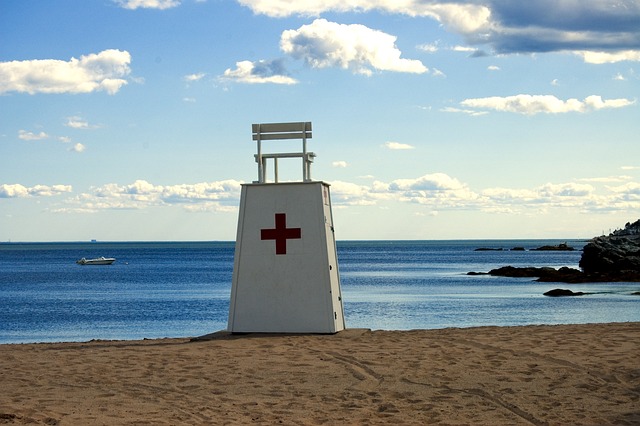
In search and rescue (SAR) operations, the use of flashlights is a critical component for both coordinated team efforts and individual navigation in low-light or dark environments. Effective utilization of flashlights during these missions requires comprehensive training and adherence to best practices. Teams must familiarize themselves with different types of flashlights designed for SAR missions, including those that offer adjustable beams for various distances and settings that preserve night vision. Training should include scenarios that simulate real-life conditions, enabling rescuers to practice light placement, signaling, and communication while minimizing disorientation and preserving battery life. Best practices emphasize the strategic use of flashlights to conserve energy, avoid battery depletion, and ensure visibility without compromising the search team’s stealth and safety. Coordination among team members is essential, with clear protocols for when and how to use lights, both for marking positions and for signaling to those in need of rescue or to other team members. Flashlights For Search And Rescue Operations are more than mere tools; they are instruments that, when used correctly, can significantly enhance the effectiveness and speed of a SAR mission, ultimately making a difference in saving lives. Teams must also be prepared to adapt to different terrains and scenarios, from urban searches where flashlights can illuminate cramped spaces to rural or wilderness environments where their role in navigation and signaling is paramount. Regular maintenance checks on the flashlights, understanding the limitations of light range, and having backup lighting solutions are all part of maintaining operational readiness for SAR teams.
In conclusion, the integration of advanced flashlights into search and rescue operations significantly enhances coordinated team efforts. Selecting models with appropriate lumen output and battery life ensures that search personnel can navigate diverse terrains effectively, illuminating even the darkest recesses without compromising on durability. Modern technology has further refined these tools, offering features such as variable light settings and improved beam patterns that are critical in adapting to various environments. By implementing color coding for communication and visibility, teams can maintain a high level of coordination, effectively directing efforts where they are most needed. Training and adherence to best practices further underscore the efficacy of these flashlights in SAR missions. Consequently, flashlights for search and rescue operations have become indispensable assets, enabling teams to operate with heightened efficiency and safety, ultimately contributing to successful mission outcomes.



